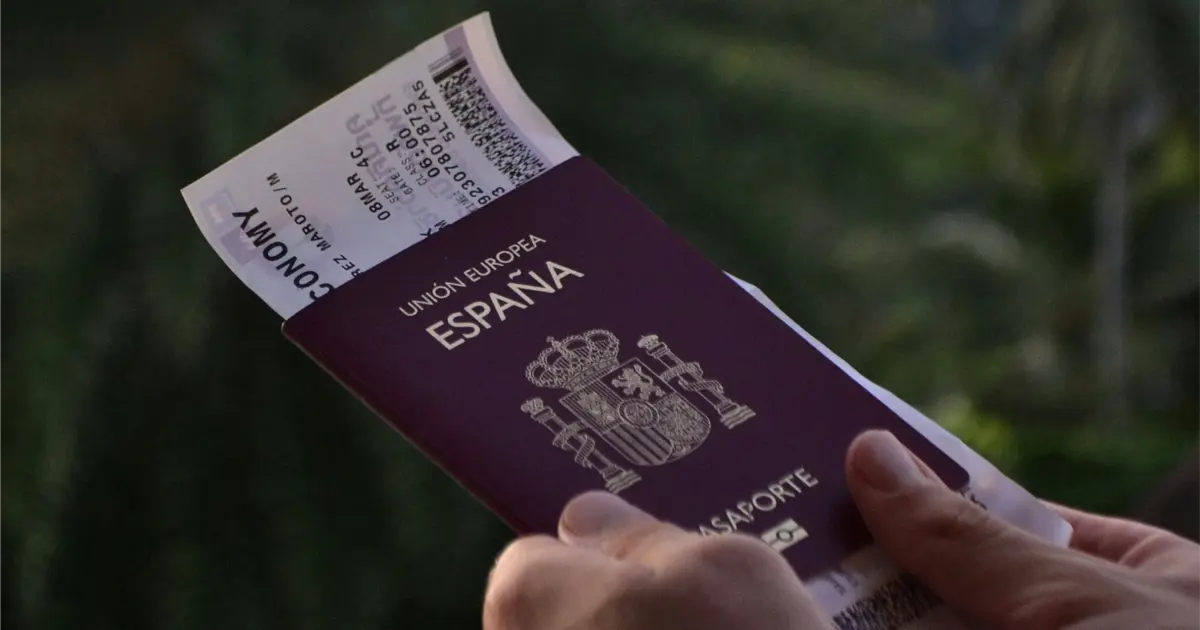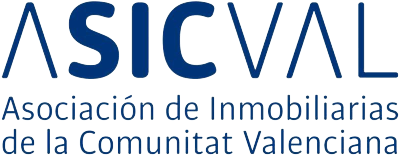
ETIAS: The Mandatory Travel Authorization to Visit Europe
Last update: November 27, 2025
Reading time: 5.7 min
No Time to Read It All? Here’s the Quick Summary:
Starting in 2026, travelers from over 60 visa-exempt countries (such as the USA, Canada, the UK, etc.) will need to apply for ETIAS before entering the Schengen Area for short stays up to 90 days. The application will be online, cost €20, and be valid for 3 years. ETIAS will apply to all 26 Schengen countries (France, Spain, Germany, Italy, the Netherlands…) plus Bulgaria, Romania, and Cyprus, which are in the process of joining Schengen. ETIAS is not a visa, but a security pre-check. Minors, seniors, and certain family members of EU citizens are exempt from the fee. The authorization is linked to your passport, and no physical documents are required. While the system launches in late 2026, it becomes fully mandatory in 2027 after a transition period.
How ETIAS Will Transform Travel to Europe
In 2026, the European Union will launch ETIAS – the European Travel Information and Authorization System – to improve border security and manage visa-exempt travelers more effectively.
Much like the U.S. ESTA or Canada’s eTA, ETIAS is an electronic travel authorization – not a visa – and will become mandatory for nationals of visa-exempt countries who wish to visit the Schengen Area for short stays.
But what is ETIAS exactly? Who needs it? How does it work? When will it be implemented? This comprehensive guide answers all your questions based on official sources from the European Commission, diplomatie.gouv.fr, and sem.admin.ch.
ETIAS: Purpose and How It Works
The core goal of ETIAS is to enhance border security by screening visa-free travelers in advance. Currently, visitors from around 60 countries can enter Europe without any prior security check – this poses potential risks.
ETIAS addresses that gap by:
-
Checking travelers’ security, immigration, and health backgrounds
-
Blocking entry to individuals posing risks (e.g., terrorism, irregular migration, epidemics)
-
Facilitating faster entry for approved travelers
Though often called a “digital visa,” ETIAS is not a visa. It is a quick, fully online, automated pre-authorization linked to your passport.
European Countries Covered by ETIAS
ETIAS will apply to 30 countries, including all Schengen member states and a few others:
-
26 Schengen countries: Spain, France, Germany, Italy, Netherlands, Belgium, Austria, Sweden, Finland, Greece, etc.
-
3 countries in Schengen accession process: Bulgaria, Romania, Cyprus
-
Associated microstates: Monaco, San Marino, Vatican City, Andorra (via neighboring Schengen countries)
Important: Ireland is not part of Schengen and will not require ETIAS. Irish border policies remain separate.
In short: Anyone entering a Schengen country or transiting through it will need a valid ETIAS.
Who Will Need ETIAS?
ETIAS is designed for non-EU citizens who are currently visa-exempt for short stays in Europe. This includes nationals of:
-
United States
-
Canada
-
United Kingdom
-
Australia
-
New Zealand
-
Japan
-
South Korea
-
Singapore
-
Brazil
-
Mexico, and many more (approx. 60 countries)
They can currently enter visa-free for 90 days, but from 2026 onwards, they will need to apply for ETIAS before travel.
Travelers who already require a visa for Europe will NOT need ETIAS.
EU citizens, long-stay visa holders, and residence permit holders are also exempt.
ETIAS vs Schengen Visa: Duration, Cost, Procedure
To make things clearer, here’s a side-by-side comparison:
| Criteria | ETIAS | Schengen Visa |
|---|---|---|
| Who is it for? | Visa-exempt travelers | Visa-required travelers |
| Validity | 3 years or until passport expires | Defined by visa type (e.g., 90 days) |
| Application process | Online | Consulate or visa center |
| Processing time | Minutes to 4 days | 15 days or more |
| Cost | €20 (free for some travelers) | ~€80 |
| Entries allowed | Multiple (max 90 days/180) | Depends on visa type |
How to Apply for ETIAS: Step-by-Step Guide
1. Gather the required documents
-
Valid biometric passport
-
Credit/debit card for the fee
-
Active email address
2. Visit the official portal
🔗 https://travel-europe.europa.eu/etias
Avoid unofficial or third-party sites. Many are scams.
3. Fill in the online form
-
Personal details, passport info, travel itinerary
4. Answer security questions
-
Criminal records
-
Past visa refusals
-
Travel history to conflict zones
-
Certain health conditions
5. Pay the €20 fee
-
Payment is made online via secure gateway
6. Receive your response
-
Instant or within hours in most cases
-
Manual checks: up to 96 hours
-
Complex cases: up to 30 days
ETIAS approval is electronically linked to your passport – no printed document needed.
Cost and Validity of ETIAS
-
Standard cost: €20
-
Exemptions: Travelers under 18, over 70, or certain family members of EU citizens
-
Validity: 3 years, or until your passport expires (whichever comes first)
-
Multiple entries allowed, but each visit must not exceed 90 days in any 180-day period
A new application is required if you renew your passport.
Who’s Exempt from ETIAS?
ETIAS is NOT required for:
-
EU citizens
-
Schengen visa holders
-
Long-stay visa or residence permit holders
-
Airport transit passengers (who do not enter Schengen)
Fee exemptions:
-
Travelers under 18 or over 70
-
Family members of EU citizens (under specific conditions)
ETIAS Rollout Timeline (2025–2027)
Originally expected in 2021–2022, ETIAS has faced delays. The latest timeline is:
-
Late 2026: System officially launches
-
2027: ETIAS becomes mandatory after ~6 months transition
-
Applications cannot be submitted before launch
Implementation depends on the full rollout of the Entry/Exit System (EES) in late 2025.
The European Commission will announce the exact launch date 6 months in advance.
Official Sources for ETIAS Information
Always refer to official websites for the most accurate and up-to-date info:
ETIAS: A Simple Formality for Safer Travel
ETIAS is a major step forward in European border management. It blends technology, efficiency, and security, all while keeping travel simple for genuine visitors.
Although its launch was delayed to 2026, travelers are advised to prepare in advance: understand the process, know your eligibility, and follow trusted sources.
With ETIAS, traveling to Europe remains easy — it just requires a quick online check first.













